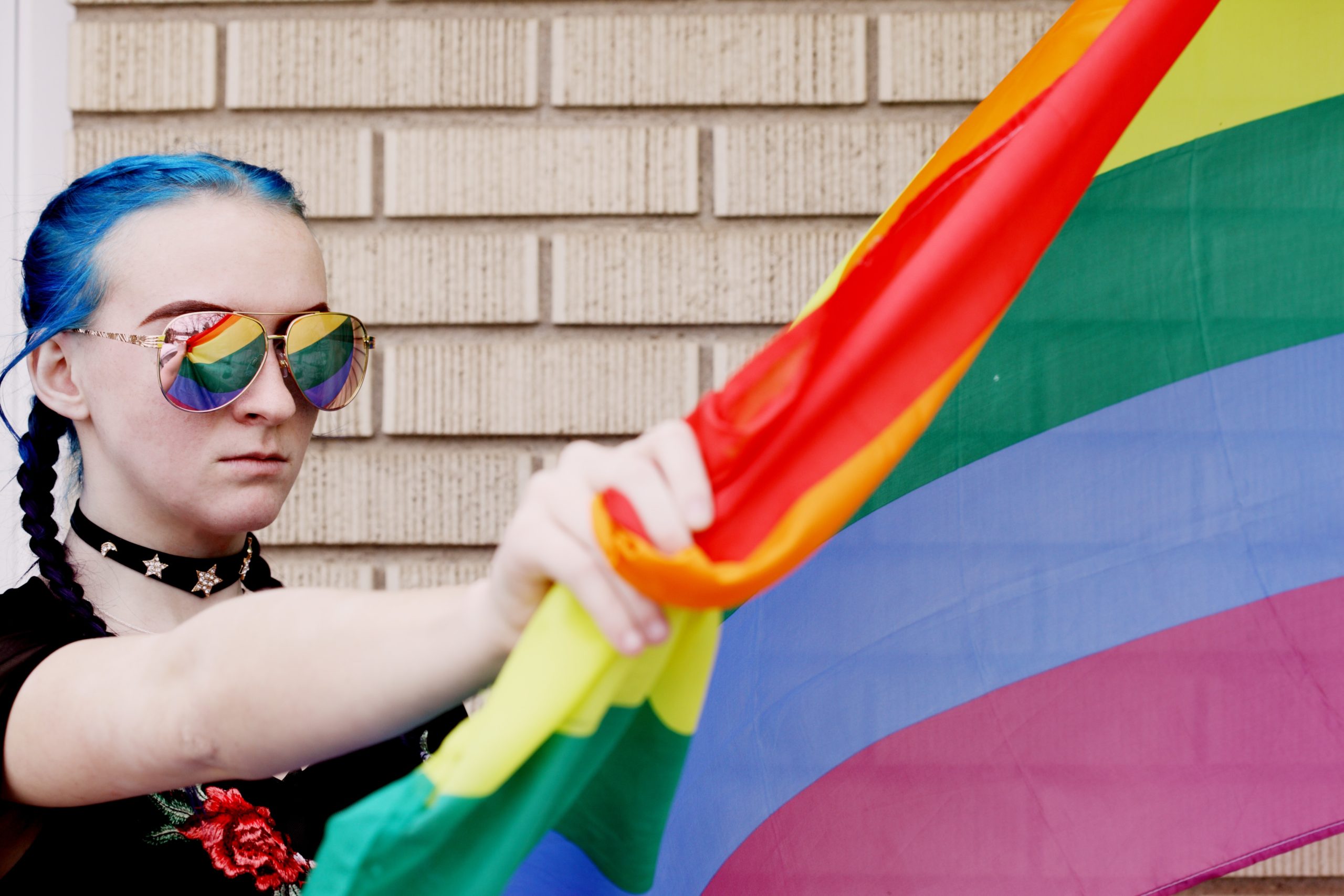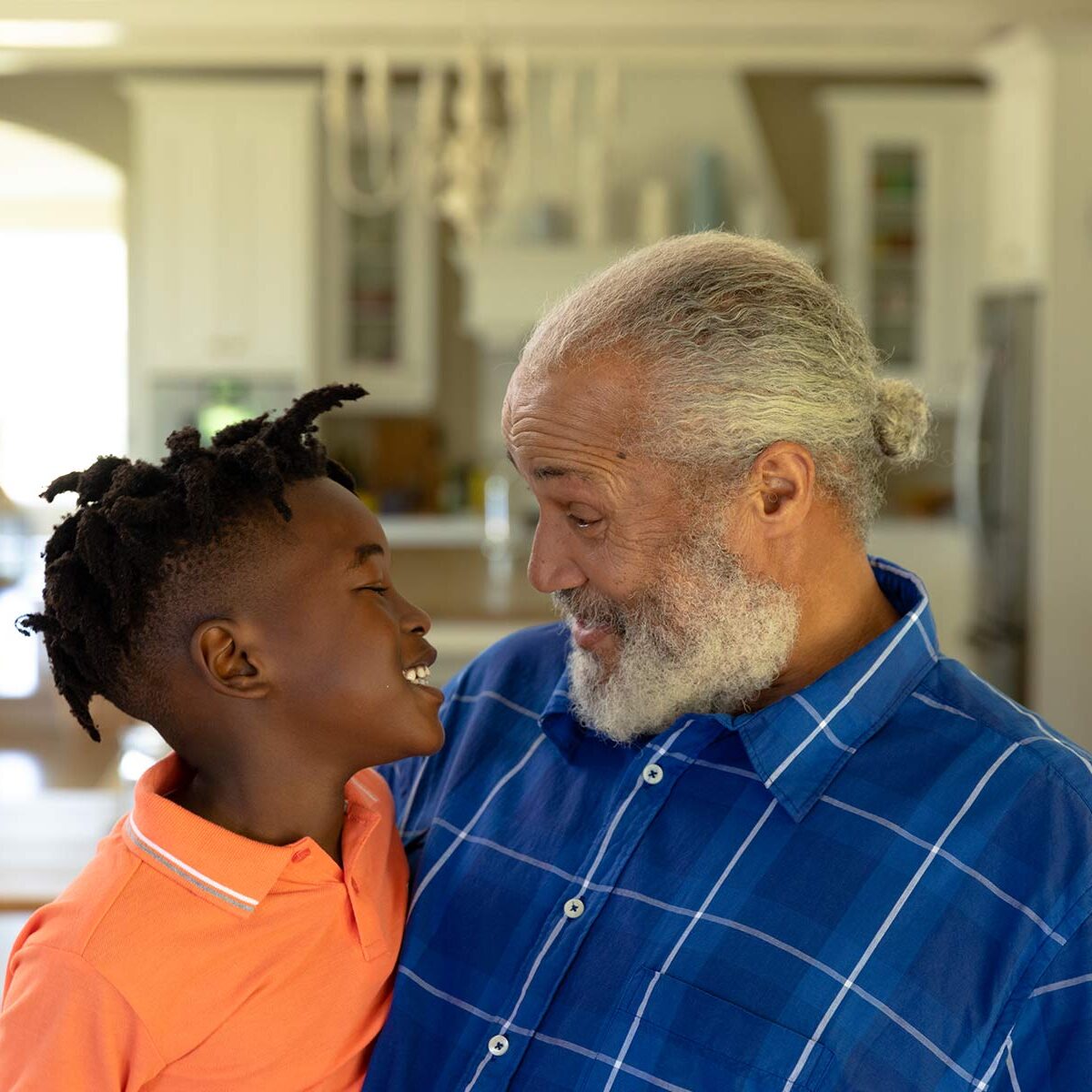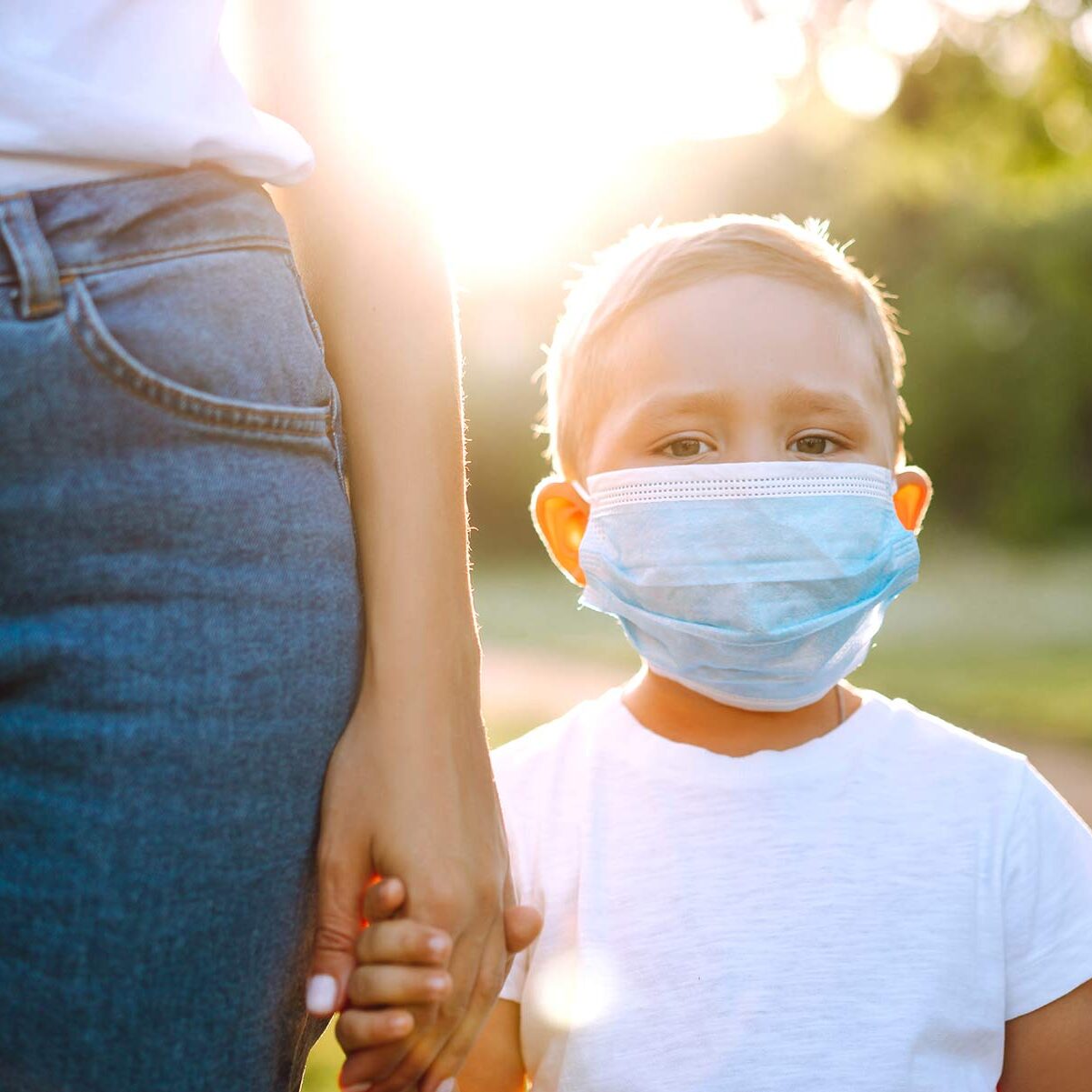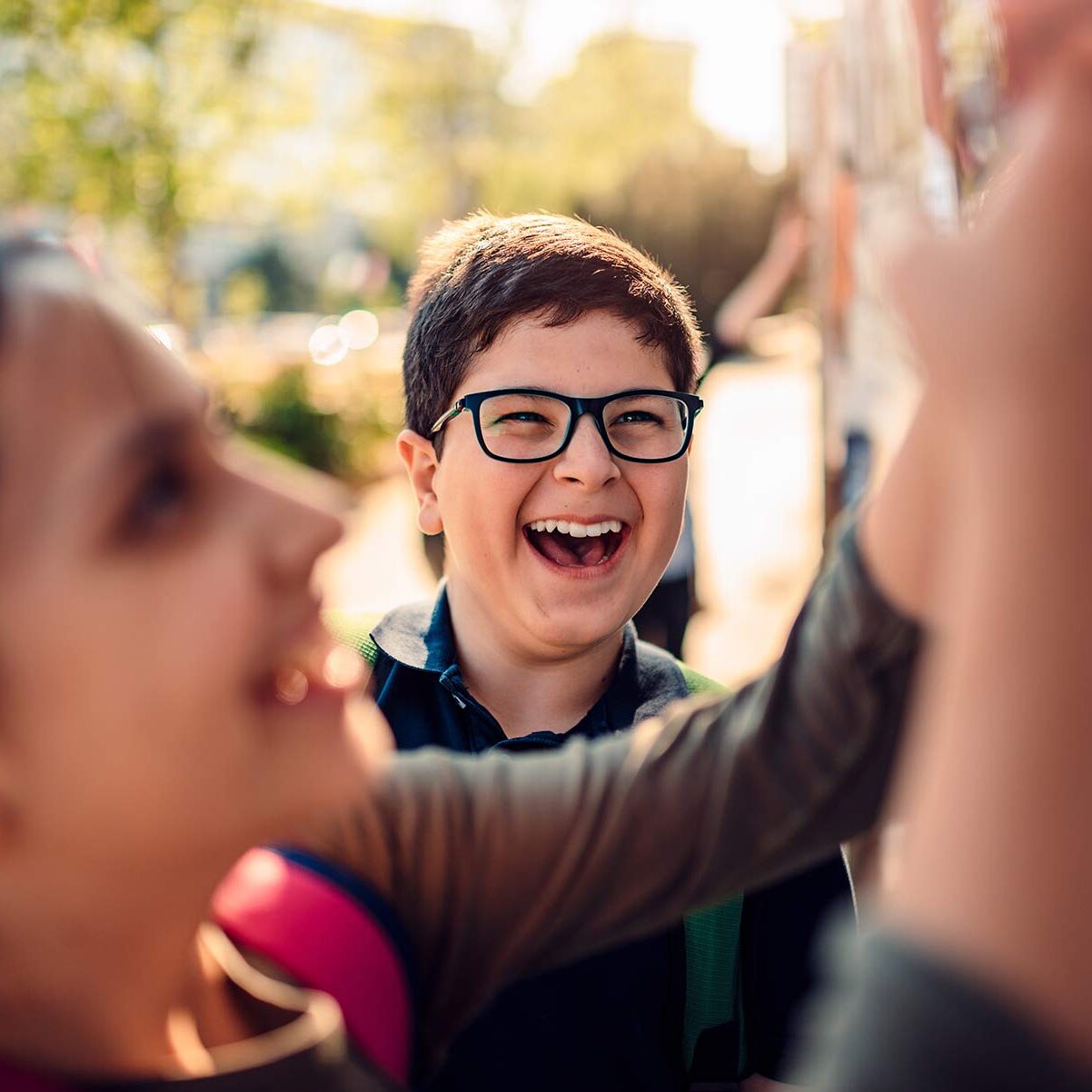
ABOUT THE AUTHOR
Teresa Scrimenti
OhioKAN Statewide Program Trainer
Teresa has an eclectic background working with progressive organizations invested in giving power back to the people they serve. She works with coaches and other staff across Ohio to implement the OhioKAN program with rigor and fidelity.
There’s no doubt that the conversation around gender identity and sexual orientation has changed rapidly over the past 10 years. From legislation to representation in the media, we are hearing more stories about the experiences and culture of lesbian, gay, bisexual, transgender, and queer/questioning (LGBTQ+) individuals around the world.
If you’re not an LGBTQ+ individual yourself, or don’t have close connections with those that are, you may have a lot of questions about the terminology, culture, and history of this community. And you’re not alone!
Like any community, LGBTQ+ individuals are incredibly diverse. We are a community of artists, scientists, great thinkers, humanitarians, activists, and so much more. Gender identity and sexual orientation are only two aspects of a person’s identity. Other factors, like race, disability/mental illness, and class, also factor into the way an LGBTQ+ person experiences the world. Yet according to a collection of scholarly research compiled by Cornell University, across the board, “LGBT youth face heightened risks of numerous mental and physical health dangers including depression, suicidality, substance abuse, psychological distress, low self-esteem, HIV/AIDS infection, and others.”
The good news? The research also shows that there are certain behaviors that can protect against these physical and mental health risks, such as “affirming children’s sexual orientation and gender expression, talking with children about their LGBT identity, defending them when experiencing peer victimization, connecting them to an LGBT role model, and welcoming their LGBT peers into the home.” The more often and more emphatically these accepting behaviors are practiced, the greater the impact to youth well-being.
Translation? As a parent or caregiver, you play a key role in preventing many of the negative outcomes faced by LGBTQ+ youth. But how?
Start learning (and unlearning).
Whether you know a little or a lot, there’s always more to learn. Start by confronting any ideas you have about LGBTQ+ people and culture, which is a key part of being an accepting and affirming parent or caregiver. Here are a few key resources to start:
As you begin to explore these resources, remember that LGBTQ+ kids are not statistics, but whole and complex individuals. Seek out books, TV shows, and other media created by LGBTQ+ people telling their own stories or featuring LGBTQ+ characters that go beyond stereotypes. This will give you a strong foundation for understanding LGBTQ+ culture and history to help you connect with your young person even more.
Ask questions and listen.

Having conversations about gender identity and sexual orientation can be intimidating for both the parent or caregiver and the young person. Once you’ve done some research and feel that you have a good understanding of the basics, it’s time to ask for firsthand insights. What your young person is going through is entirely unique to them. They may just be starting to question, or totally certain about these aspects of their identity. It’s important that your conversations are respectful of wherever they are in this process. Here is some guidance:
- If a young person comes out to you, thank them for sharing and being honest with you. Coming out is a scary process, and most LGBTQ+ people have to do it multiple times. Avoid phrases like, “I’m so surprised” or “I always suspected,” as these can be invalidating and dismissive. Let the young person know that you’re here to listen when they want to talk.
- Remember that research is not the same as lived experience. The terms that your young person may use to describe themselves may not match up exactly with what you’ve read – this is because gender identity and sexual orientation are fluid spectrums, not binaries. Try using open-ended questions like, “I’ve been reading about the different ways people define their identities. Can you tell me how you define yours?”
It’s okay to ask! Some affirming questions might include, “What pronouns would you like me to use?” or “What would you like me to call you?” If your young person wants to come out to others but isn’t sure how, you could ask whether they’d like to tell other family members themselves or would prefer your help in sharing their news. In general, asking what your young person thinks about their own journey is a helpful way to show interest and affirm their experience.
Join a support group.
Throughout the history of the LGBTQ+ rights movement in the U.S., one message has always been clear: You are never alone. This fundamental belief extends to LGBTQ+ allies as well. There are a number of support groups that focus on providing tools, resources, and advice for the parents and caregivers of LGBTQ+ youth. Here are a few to check out:
- Your nearest LGBT Center
- PFLAG (Parents and Friends of Lesbians and Gays)
- Facebook groups like the Parents of LGBTQ Kids Support Public Page, Parents of Transgender Children, and others
Kinnect’s Chosen Affirming Family Program (Cuyahoga County)
Be kind and be brave; you won’t always get it right.
This can be a time of big feelings and new experiences for you and your young person. Remember that simply by listening and learning, you are already doing something. Keep in mind that this is a challenging process, and sometimes you will mess up. Being able to talk through those moments with empathy will serve your relationship in the long run. For a primer on empathy, check out this short video.
You are taking an important step as a kinship caregiver or adoptive parent to ensure a bright future for your LGBTQ+ young person. Remember that the LGBTQ+ community has a rich history of resilience, creativity, hope, and acceptance, and that youth who are a part of this community can build lifelong friendships and relationships, experience incredible growth, and learn to live as their full, authentic selves. OhioKAN is here to support you as you explore this exciting and beautiful part of life.
Resources
For additional resources and helpful information available to guide you through this new experience, visit the following guides offering more in-depth advice on managing specific emotional challenges of kinship caregiving:


















